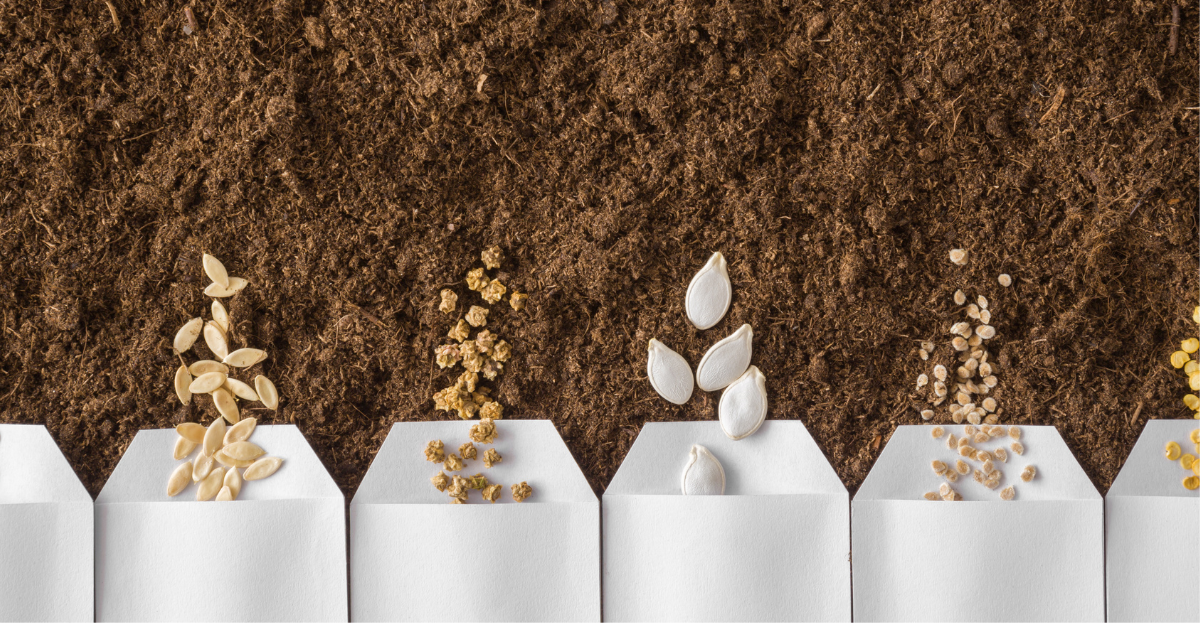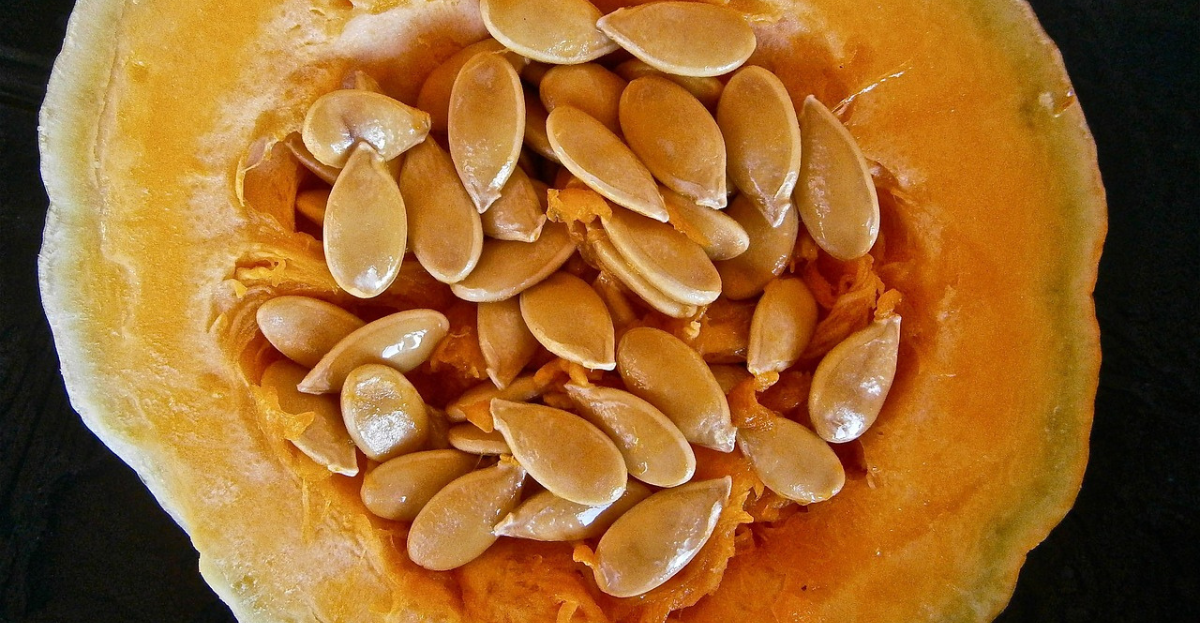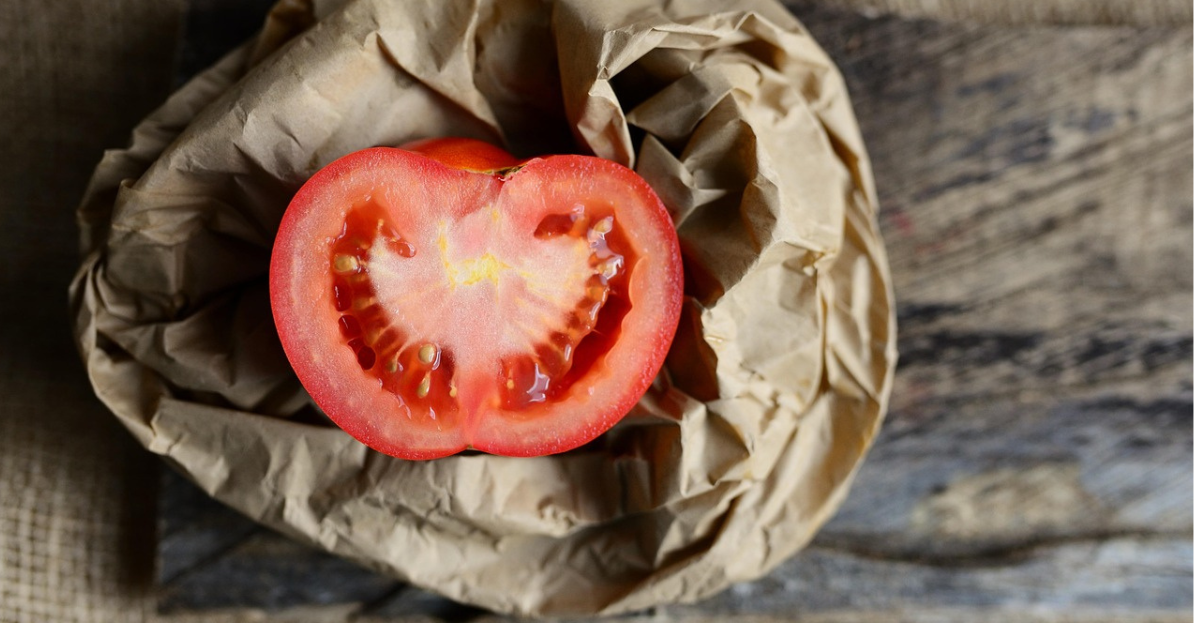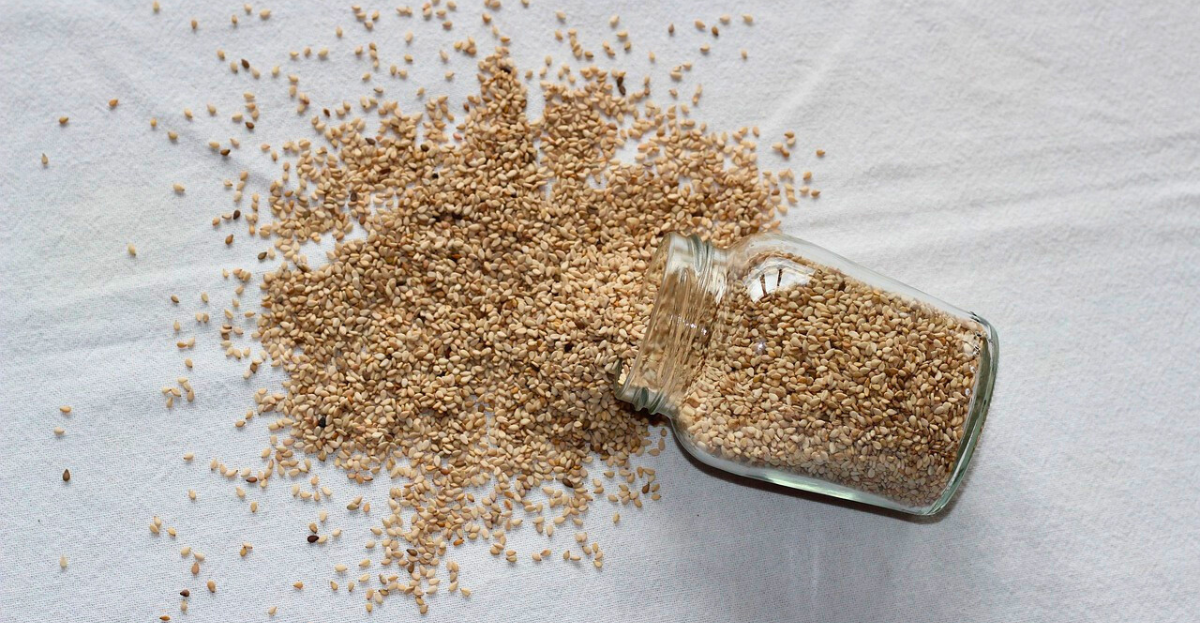From Plot to Packet: A Gardener’s Guide to Seed Saving
Saving seeds from your own vegetables is a simple, rewarding tradition that saves money, preserves varieties, adapts crops to your conditions, and, with a little know-how, any gardener can do it successfully.
One of the most rewarding parts of growing your own vegetables is closing the loop—saving seeds from this year’s harvest to plant again next season. Not only does this save money, but it also helps preserve old varieties, adapt crops to your local conditions, and reduce reliance on seed companies. Seed saving is a time-honoured tradition, and with a little know-how, any gardener can do it.
In this guide, we’ll walk through the basics of collecting and storing seeds, highlight which crops are easiest for beginners, and share tips to ensure your saved seeds thrive next year.
Why Save Seeds?
Cost-effective – Seeds can be one of the most expensive parts of gardening. Saving your own means free sowings next year.
Self-reliance – You’re not dependent on catalogues or garden centres.
Local adaptation – Each season, your plants “learn” your soil, climate, and growing style. Over time, the saved seeds will become better suited to your plot.
Preserving heritage – Many older varieties are at risk of being lost. Saving seeds keeps them alive for future generations.
The Basics of Seed Saving
1. Choose the right plants
- Save from healthy, vigorous plants that show the qualities you want—flavour, yield, pest resistance.
- Avoid diseased or weak plants. Seeds carry traits forward.
- Some plants self-pollinate (like tomatoes and peas), which makes saving seed straightforward.
- Others cross-pollinate (like squashes and brassicas), which means you may need to separate varieties or risk hybrid surprises.
- Seeds need to be mature before you collect them. That often means letting pods dry on the plant, or letting fruits overripen.
- Rushing can lead to poor germination.
- Moisture is the enemy of seed storage. Dry your seeds in a cool, airy place away from direct sun until they are crisp.
- Label with variety and year.
- Keep in paper envelopes or glass jars in a cool, dark, and dry place.
- Stored correctly, some seeds (like beans and tomatoes) will last several years.
Easiest Vegetables for Beginners
If you’re new to seed saving, start with crops that are naturally self-pollinating:
Tomatoes – Scoop out seeds from fully ripe fruits, ferment in a jar for a few days to remove the gel coating, then rinse and dry.
Peas & Beans – Let pods dry completely on the plant, then shell and store.
Lettuce – Allow plants to bolt and flower; collect the fluffy seeds when dry.
Peppers & Chillies – Simply save seeds from the best ripe fruits, dry them on kitchen paper, and store.
Trickier but Rewarding Seeds
Once you’ve mastered the easy ones, try your hand at:
Squash & Courgettes – Cross-pollination is common, so if you grow several varieties nearby, you may get unexpected hybrids.
Carrots & Beetroot – Biennials, which means you need to overwinter them and let them flower in the second year.
Brassicas (Cabbage, Kale, Broccoli) – Another group prone to crossing, but great for experimenting.
Top Tips for Successful Seed Saving
Isolation matters: If you want true-to-type seed, keep different varieties apart—or embrace the fun of cross-pollination surprises.
Size up storage: Silica gel packets or rice in your jars help absorb moisture.
Label everything: By spring, “mystery beans” are more confusing than exciting.
Share with others: Swapping seeds is a great way to try new varieties and build community resilience.
Closing the Circle
Seed saving reconnects you with an age-old cycle. Instead of buying new packets each spring, you’ll have your own home-grown supply—seeds that carry the story of your soil, your climate, and your care. Start simple this year, and by next season, you’ll already be planting the future of your garden.
Join The National Allotment Society
Become a National Allotment Society member and help to preserve and protect allotments for future generations.
You'll also gain a range of benefits, including free liability insurance, initial legal support, expert advice and much more.




